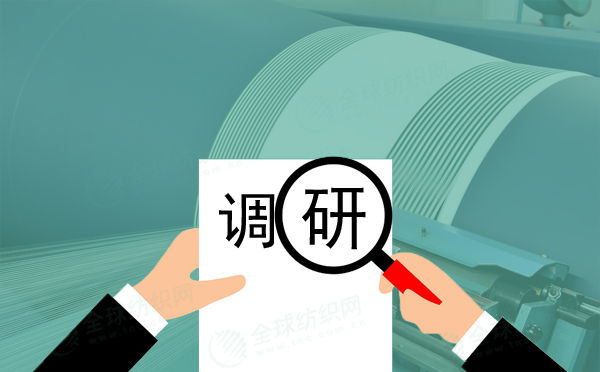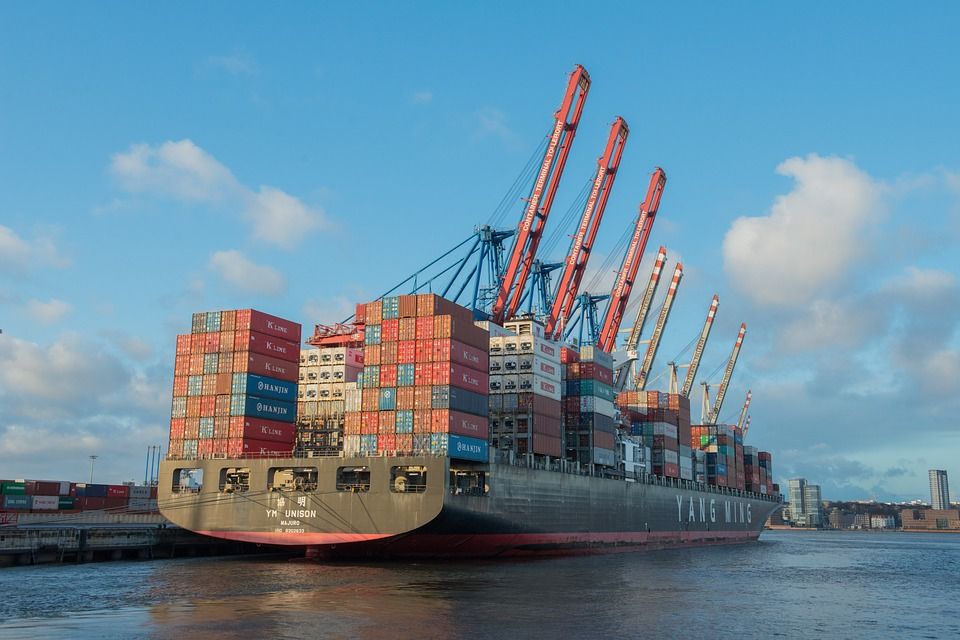Garbage Sorting Is In Full Swing. Where Should Our Old Clothes Go?
According to the "Development Strategy Research Report on recycling technology of waste chemical fiber and textile resources" released by the Chinese Academy of Engineering in April 2019, during the "12th Five-Year" period, the total amount of waste chemical fiber textiles produced in China amounted to 1.4 billion tons, and it is estimated that by the end of 13th Five-Year, the amount of waste chemical fiber textiles can reach nearly 2 billion tons. This does not include cotton products (about 30% of the total textile product) and other fiber products (accounting for about 5% of the total textile products). At present, the utilization rate of waste textiles in China is about 15%. Compared with the total utilization rate of 50% in Europe and the United States, we still have much room for improvement.
From the international market, the European and American countries have formed a better recycling system. The main way to use them is to sell second-hand clothing: 60% of the French waste textiles are exported to Africa and Eastern Europe; 60% of the old clothes recycled by German SOEX company are sold as second-hand clothing; some states in the United States have recycled the waste clothes into the municipal recycling system, and brand enterprises such as Nike and Adidas have set up old clothes recycling bins in the store, and have worked with charities. At present, there are about more than 300 old clothes recycling enterprises in the United States. As a second-hand garment recycling method, it has the advantages of simple recycling process, low energy consumption and high reuse rate.
In contrast, the recycling of waste textiles in China seems to be lagging behind.
Recycling mode of waste textiles in China:
1. waste clothing recycling box mode
With the help of the government, the professional recycling company will put the recycle bin into the residential area, regularly recover it, send the clothes that accord with the standard of relief to the civil affairs departments and charities, and the remaining part will be used in a comprehensive way.
2. private market recycling mode
At present, a large number of waste textile recycling organizations and individual recycling groups have been spontaneously formed in all parts of the country. After collecting a certain amount of waste textiles, they are sorted and processed, and transported to different industrial gathering areas for sale to professional companies for comprehensive utilization.
Flying ants recycling old clothes
3. producer responsibility extended recovery mode
In 2006, UNIQLO launched the "all commodity recycling and recycling activities", uncovering the clothing of UNIQLO brand for consumers, dressed mainly for two times, and could not be reused to reduce the environmental impact. In 2011, H&M implemented the "old clothes recycling" activities, through the issuance of coupons to recover all brands of clothing; in 2013, the Federation of China Textile Industry Federation of Environmental Protection Committee and Bosideng launched the "old clothes zero abandonment" activities.
H&M coupons donated after old clothes recycling
4. the recovery mode of public welfare organizations
The old clothing donation activities carried out by the public welfare organizations are sent to the less developed areas (including some foreign countries), or to sell the waste clothes to the comprehensive utilization enterprises, and the proceeds are used for public welfare undertakings.
The main methods of recycling waste textiles in China are:
1. direct recovery method
After sorting, cleaning, sanitation and disinfection of waste clothing, it is still used as a garment for circulation purposes, such as donation or low price sale to the economically underdeveloped areas.
2. energy recovery method
The heat value of waste textiles can be converted to heat by burning, which is mainly used for thermal power generation, and is mainly suitable for waste textiles which can not be recycled.
3. chemical recovery method
Using chemical reagents to dispose of waste textiles, dissolve them into small molecules or monomers, and then reassemble them into polymers, such as Eco Circle chemical regeneration of polyester technology in Japan's Teri company. This method has higher requirements for processing technology, especially for raw materials, especially for polyester purity.
4. physical recovery method
The waste textiles are directly processed into regenerated fibers by mechanical means and then spun into yarn, weaving usable textile products. This is the main way to recycle waste textiles in China at this stage. At present, the high value utilization of waste textiles (clothing) has achieved good application in automobile, home appliances and other fields, such as acoustic insulation cotton, automobile sound absorbing materials, building and agricultural greenhouse insulation materials.
- Related reading

The Association Went To Many Research To Listen To The Market Trend Of Shandong Textile Enterprises.
|
Exports Of Clothing And Textiles Have Declined In Turkey In The Past 6 Months.
|
In The First Half Of The Year, The Export Of Textiles And Clothing Was Stable, And The Surplus Contributed Significantly.
|- Brand tracking | Price Becomes Nike'S 2010 Main Tactic
- Channel terminal | Novices Join The Store: What Is Joining Gold?
- Channel terminal | Interpretation Of Online Shop Real Name System: Large Sellers Need To Sell Licenses And Pay Taxes.
- Channel terminal | The Key To Clothing Agency: Evaluating The Intention Brand
- News Republic | Nantong Textile Academy Graduate Design Output Value Exceeds 1 Billion Yuan.
- Channel terminal | Analysis Of The Game Between Most Controlling Partners And Franchisees (2)
- Campaign promotion | Xi Liu, China North Dress, Jiamusi Held Investment Promotion Activities
- News and information | North Pai Clothing Investment Promotion Activities Held In Jiamusi
- Channel terminal | 解析多數控股盟主與加盟商的游戲(1)
- Industry data | Review: Textile And Apparel Stocks Collectively Win The Market
- The Association Went To Many Research To Listen To The Market Trend Of Shandong Textile Enterprises.
- Tiffany Will Launch The Strongest Offensive In The Chinese Market.
- The Battle Of Garbage Sorting Begins. Textile Recycling Economy Is Promising, And Calls For Relevant Policies To Follow Up.
- In June, Domestic Cotton Prices Slowed Down, And Downstream Consumption Remained Weak.
- 2019 Summer Fashion Color, Too Beautiful Too Advanced!
- Fortune 500 Comes Out! 15 Textile And Garment Enterprises Are On The List.
- China's Textile And Clothing Exports Increased By Year-On-Year In June 2019.
- The Design Style Of Top Designers Can Raise The Brand Image Several Levels.
- In Fashion, The "National Tide" Expelled Foreign "Fast Fashion"?
- Kardashian Launched Into The Underwear Market, Behind Which Is A Huge Cake Selling Tens Of Billions Of Dollars Annually.

